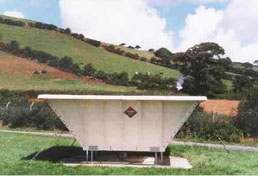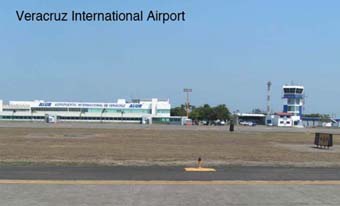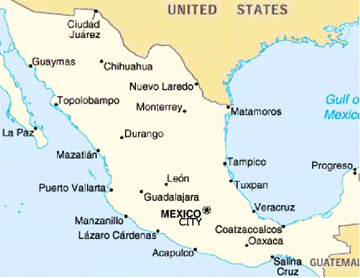Click on image for full size
Courtesy of the Digital Image Library, UCAR
MILAGRO Instruments
Researchers are setting up instruments on the ground during MILAGRO to make observations and measurements about the air around Mexico City that can't be made from airplanes. Here are a few examples of the instruments of the instruments they use:Radiosondes: During MILAGRO, teams based at ground sites in the Mexico City area are launching radiosondes. Scientists have been using these weather balloons since the 1930s. As the balloon rises into the sky, instruments attached to it measure temperature, pressure, and humidity. The measurements are sent by radio to scientists on the ground. By keeping track of the location of the balloon in the sky, researchers can also determine wind speed and direction.
Tethersonde: A tethersonde is like a radiosonde but is tethered (fixed) to the ground with a cord. The cord keeps the balloon and its instruments closer to the ground, limiting measurements to the lowest layer of the atmosphere that is just above Earth's surface. Researchers can move the instruments up and down the cord.
Wind profilers: Wind profilers are instruments that measure wind speed and direction up to about 13,000 feet (4,000 meters). MILAGRO researchers are setting up wind profilers near Mexico City to determine where air pollution particles go when the wind blows them out of the city.
Mobile laboratories: The MILAGRO researchers are using a variety of laboratories based in vans and trailers. The labs, which contain instruments for sampling particles and gases in the air, will be driven around the Mexico City area.
Satellites: MILAGRO researchers are also using data retrieved by satellites circling Earth to learn more about the distribution of clouds, particles, and different chemicals in the atmosphere. One satellite they will get information from is MOPITT, which flies on NASA's EOS Terra spacecraft. The satellite measures the distribution of the air pollutant carbon monoxide in the lowest layer of Earth's atmosphere.
Other instruments on airplanes will also be used during the campaign.


















